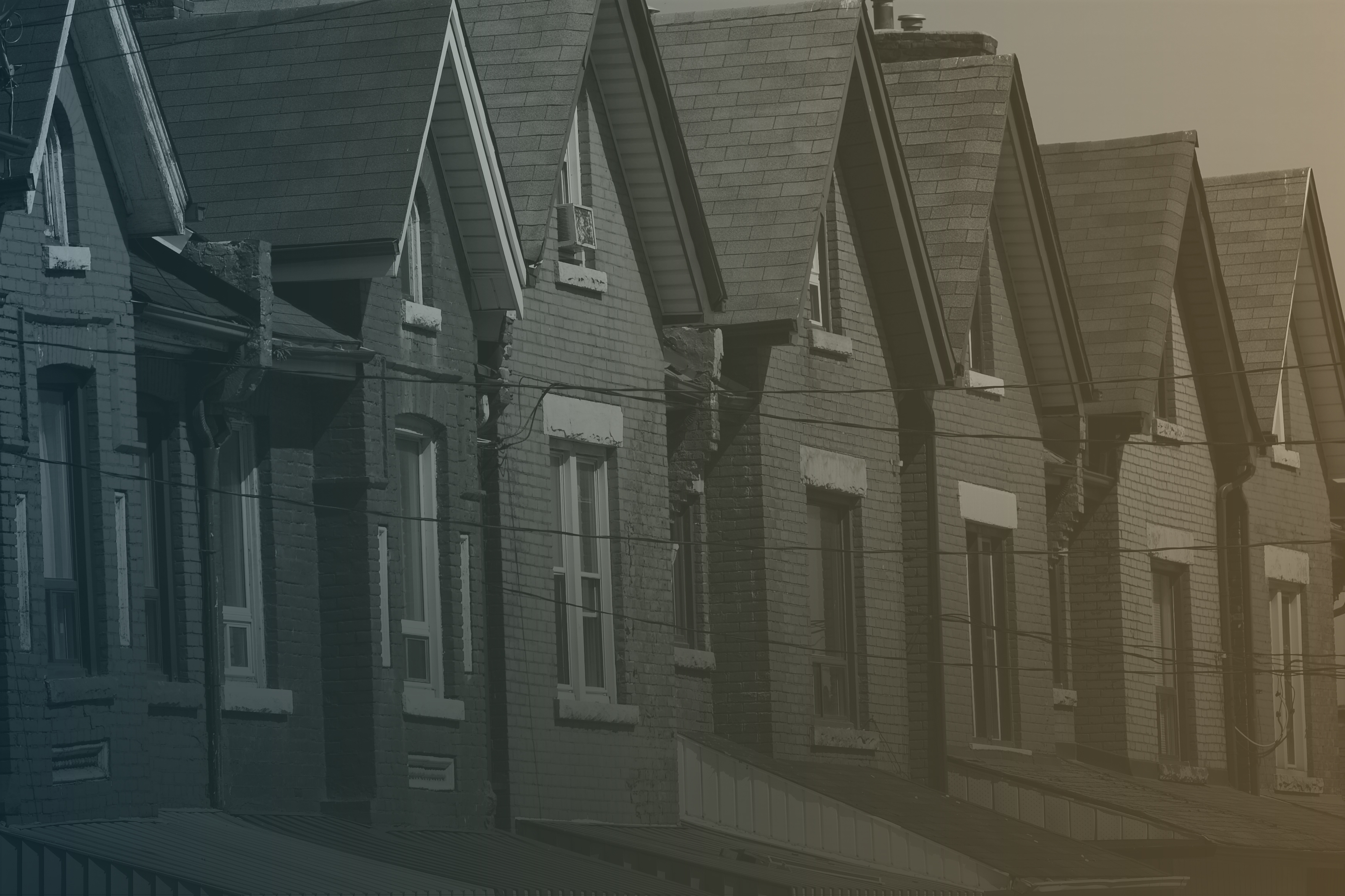Over the past year, I have spent a lot of time conducting Rapid Re-Housing Clinics for communities across the county.
Rapid re-housing is an intervention that provides temporary financial assistance and services to homeless people to return them to permanent housing quickly. Many communities around the country are already using it to house people. But it’s a relatively new idea.
At the clinics I conduct, which are designed to help communities implement their own effective rapid re-housing programs, it’s not uncommon for people who are new to the idea of rapid re-housing to view it with some skepticism.
It makes sense. They have been doing things one way for years, and now they’re being asked to change. Who wouldn’t question the wisdom of that?
That’s why at the start of every training I conduct, I post a piece of flip-chart paper on the wall with a big “AHA” written at the top. I then distribute packs of post-it-notes so that participants can jot down any new idea or “aha moment” they have during the clinic, and then add it to the “AHA” chart.
For the participants of the clinic (and for me), these notes can be inspiring and eye-opening. Often, however, some of the best “aha” moments don’t make it onto the chart during the clinic. Instead, they arrive the next day in my inbox in the form of emails.
Recently, I received an “aha” email from Louis Gilbert, Executive Director of ImmaCare in Hartford Connecticut that made my day!
In the Alliance’s Center for Capacity Building, we often say that we learn as much from our trainings as our participants do. I hope you are as inspired by Louis’ email as I was.
Here it is, posted with his permission.
Hi Kay,
I was at your CCEH (Connecticut Coalition to End Homelessness) sponsored Rapid Rehousing workshop last Tuesday in New Haven CT. I was your “skeptic” for the day. Though I came prepared to leave the day thinking it would not work for our shelter clients, I will now admit I think it makes sense. We have been having internal conversations about how we might start trying rapid re-housing to test it and get some experience with it. I shared the concept with a board subcommittee last Thursday evening.
Like many emergency shelter providers, we have been sheltering for over 30 years since the uptick in homelessness arose in public consciousness. It is hard to turn the model on its head, but the fact is we have many “institutionalized” people making shelters a way of life. We need to do better. A couple key points you made that stuck with me:
- We are not solving economic poverty; we are trying to get the client housed; they will still be economically poor, but they won’t be homeless.
- We don’t have to assume that, when we house people who are poor, they will be set up to fail. Most economically poor people in a housing crisis never become homeless; they use their own support networks before they ever reach the emergency shelter system.
- In changing the paradigm from our current emergency shelter model to a rapid re-housing model, we will have to develop separate approaches for working with our clients: one for our current long-term “institutionalized” shelter clients, and another for new clients who will understand that re-housing begins immediately, rather than being sheltered for months or years.
- We need to stop thinking of housing only in the middle-class model (a bedroom for every person, etc.); an economically poor person can be placed in the most suitable housing environment, whether it be shared housing, micro apartments, or some other model; this approach offers the best chance of the person maintaining the housing after the subsidy ends.
This summer, our agency changed our mission statement to: “ImmaCare strives to eliminate homelessness in the Hartford region, while building a more vibrant community, by creating safe and affordable housing options and increasing the skills, income and hope of those who struggle with housing crises.”
Our new mission statement speaks of building a more vibrant community. If we can get people housed quickly, our focus on community-building may help provide that “support network” that helps keep economically poor people from slipping back into homelessness.
It’s the difference between providing a “house” versus a “home.”
It’s starting to come together in my head. Thank you for challenging me to think differently.
Louis Gilbert


